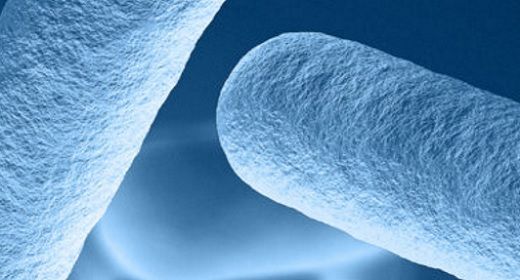Connecting the dots between transhumanism, veganism, and caring for animals. My new story for Vice Motherboard:
The answer is bewildering—and it probably won’t be satisfying to plant-loving people. Nonetheless, it will inevitably eliminate most human-caused animal deaths. The answer is transhumanism—the movement that aims to replace human biology with synthetic and machine parts.
You see, the most important goal of transhumanism is to try to overcome death with science and technology. Most cellular degeneration—otherwise known as aging and sickness—comes from the failing of cells. That failure is at least partially caused by the daily act of eating and drinking—of putting foreign objects into our bodies which cells have to consume or discard to try to create energy. Paraxdocially, it’s stressful and hard work for cells to endlessly do this just to live. A simple way to eliminate this Sisyphean task—all the steaks, chocolate donuts, bacon breakfasts, and even my favorite, scotch—is to get rid of human reliance on food and drink entirely.
Transhumanists, like myself, want to get rid of it all. We want to strip you of your stomach, your guts, and even your anus—and replace it all with machine parts and bionics. In the future, there will be no eating, drinking, or defecation.
The obvious question: Where will we get energy from if we don’t eat?







